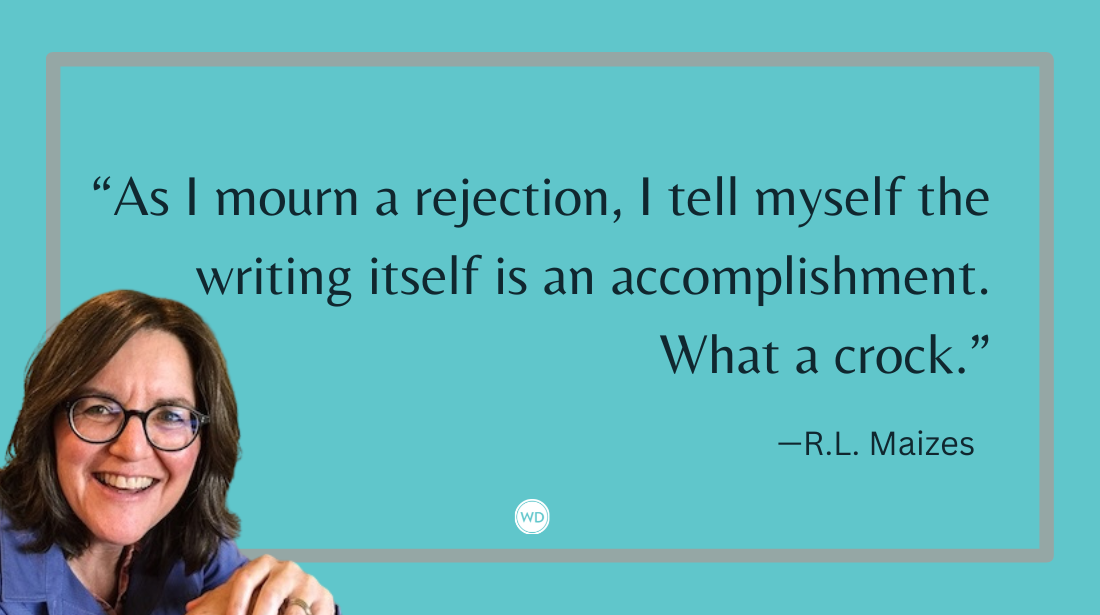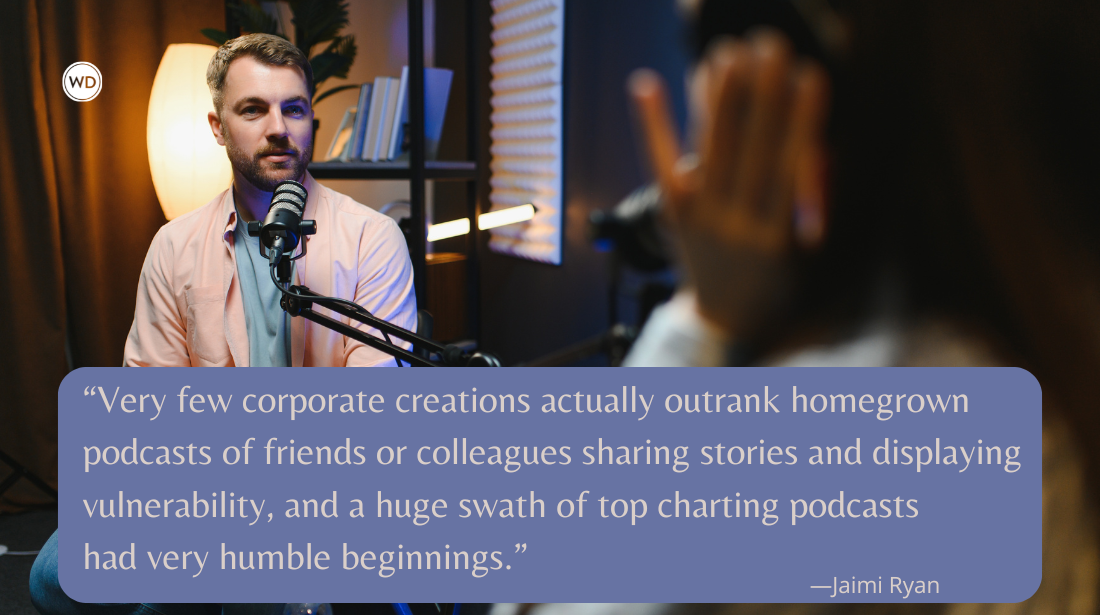Birds, Books, and Breaking Into Nonfiction Children’s Publishing
Author Lynn Street shares how an Audubon event inspired her narrative nonfiction picture books and how writers can break into the market.
Picture books appear deceptively simple. It takes skill to get a narrative to work in a small amount of space, with the perfect balance of text and illustrations. Crafting nonfiction that isn’t fact-heavy is particularly difficult.
My Story Inspiration
At an Audubon event, I saw a photo of a blue jay flying with an acorn in its beak that sparked so many questions for me. Where was this blue jay going? Was it eating the acorn? I dove into research, and it turns out blue jays not only eat acorns but also bury them in the ground as a food source for winter.
In the process, the birds spread the acorns far and wide, moving them out of an oak’s shadow to where there is light and room to grow. Not all the buried acorns will be eaten, and the ones left behind may sprout into new oak trees. A single blue jay may hide around 3,000 acorns each fall. (Imagine how many trees are planted each year by a small flock of jays—enough for a forest!) The oaks and the blue jays have a symbiotic relationship—they depend on each other to thrive and survive.
I felt like I had a great seed of a story idea for young readers!
Finding Experts and Up-to-Date Sources
I began with a library search, but it was difficult to find books or information written for the general public about blue jays and acorn caching. I had to research these birds another way.
To find experts who could help me understand each step of the blue jays’ acorn gathering, I used Google Scholar (scholar.google.com). This searchable site led me to hundreds of pages of academic articles on blue jays. I read multiple papers and then contacted the researchers to ask follow-up questions and conduct interviews. I wanted to make sure I understood the larger context of the facts I was collecting.
Allaboutbirds.org is also a great site for bird images, facts, and sound recordings.
I also spent months observing blue jays in my backyard and their interactions with my neighbor’s oak tree. I was able to witness the acorn-gathering process in real time.
Crafting a Compelling Story
After gathering my research, I was ready to write. There are specific parameters for picture books to follow. A nonfiction picture book generally has 32-40 pages of text and back matter, though some run longer. Word counts vary from a few hundred to over a thousand. It must have a PhD-level of accuracy and still tell a lively story that will keep young readers turning pages.
To make BLUE JAYS compelling for kids, I used a poetic, spare approach that followed the seasons of the year. The text does not rhyme, but it makes use of poetic tools such as metaphors, similes, slant rhyme, alliteration, repetition, consonance, and assonance. This lyrical approach helped to keep the word count down, the pacing up, and ensure the story is an engaging and fun read-aloud.
In addition, I had to find a creative way to frame the facts. In a narrative nonfiction picture book, facts alone don’t drive the story. Readers have access to the internet to seek out basic information, and the book needs to deliver something more.
The facts I wanted to include, but which didn’t fit in the spare text, were saved for the back matter.
Have You Researched Enough?
I felt comfortable that my manuscript was ready for publication when I’d read all of the key academic papers related to blue jay acorn caching and talked to ornithologists and botanists. While conducting expert interviews, I had the chance to ask clarification questions and gain a sense of whether I had fully grasped this symbiotic relationship between jays and oak trees.
The research phase never really ends. Even when the manuscript is on submission to publishing houses—or off to the printer—there are still updates to follow and new discoveries to track. Bird names and classifications may change, for example. (Occasional Google searches and news articles kept me up to date.) All of this information is useful for your future presentations and for updating school author visit talks.
Publishing, Illustration, and More Fact Checking
This was not the first nonfiction picture book manuscript I wrote, but it was the one that caught the attention of an agent who wanted to represent me.
Once I received an offer from a publisher, Peachtree, I was fortunate to be matched with artist Anne Hunter, who trained in scientific illustration. The illustrations also needed to be factual and align with the research, and Anne had the perfect background to bring the story to life.
There is a long fact-checking process for nonfiction.
The BLUE JAY text went through several rounds of editing. The illustrator made preliminary sketches, then the text and art were merged. At each stage, I continued to fact check with the experts as the editorial team tightened or added to the manuscript. Even the final art was fact checked for accuracy. The in-house proofreader and copyeditor also had an eye on the manuscript during the production process.
In the end, the book took two years to research, and three years from acquisition to launch date.
Organizations for Writers
To learn more about mastering the craft of writing picture books, I took in-person and virtual courses through the Society of Children’s Book Writers and Illustrators - SCBWI (scbwi.org), Highlights (highlightsfoundation.org), and I joined 12 x 12 Picture Book Challenge (12x12challenge.com). More resources here: https://writersrumpus.com/picturebooksupport
Check out Lynn Street's The Blue Jays That Grew a Forest here:
(WD uses affiliate links)









